Stanford University
Stanford, CA
Stanford, CA
Stanford, CA
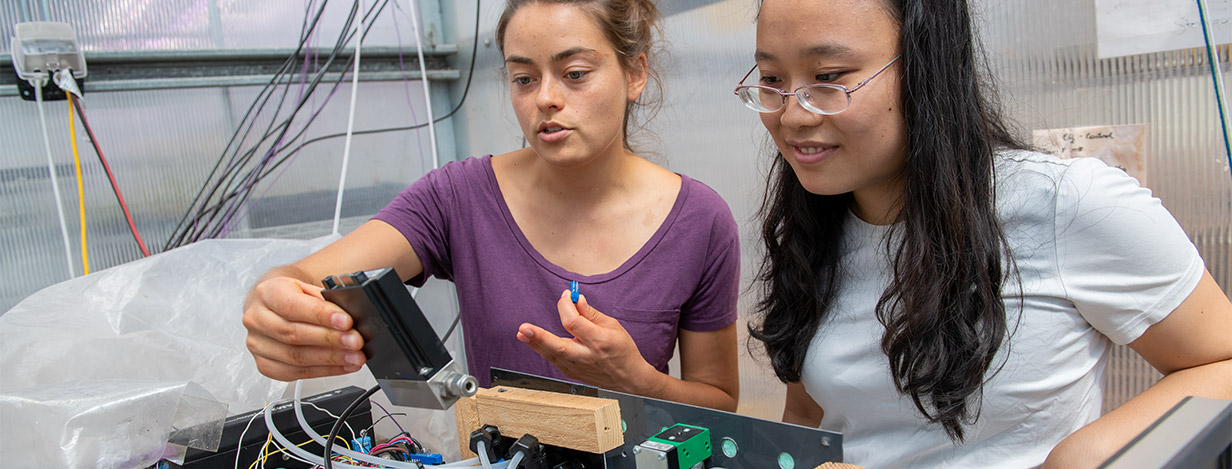
Science & Engineering at Stanford University
All three of Stanford University’s undergraduate schools feature departments, majors, and labs in the science, technology, engineering, and mathematics (STEM) fields. In each school, students will find a depth and rigor in the STEM disciplines with a grounding in the liberal arts.
The School of Earth, Energy & Environmental Science, or Stanford Earth, has three regular majors—Energy Resources Engineering, Geological Sciences, and Geophysics—and one interdisciplinary program—Earth Systems. The School is focused on gaining a better understanding of our planet’s history and its future as well as geologic hazards that impact a growing population, the energy and resources that support society, our changing climate, and the challenge of sustainability. This creates a tremendous diversity of topics to study, numerous research opportunities, and varied fieldwork and travel experiences.
The Stanford School of Engineering (Stanford Engineering) offers 16 defined undergraduate majors, plus the option to design your own. The School takes a multidisciplinary approach by drawing upon Stanford’s world-leading expertise in medicine, law, business, and public policy to create an impact on 21st-century challenges. Faculty teach blended courses that allow students to thrive no matter their learning style. Most Engineering departments offer undergraduates the opportunity to work with faculty members on advanced research topics. The School also offers a Global Engineering program for those who want to learn about technology and engineering around the world, and encourages students to get involved in student groups, volunteering, and study abroad.
The School of Humanities & Sciences (H&S) is the foundation for the liberal arts education at Stanford. H&S has 48 departments and programs in the arts, humanities, natural sciences, and social sciences, each offering an undergraduate major. All undergraduates take classes in H&S by the time they graduate, allowing students of any major to follow their interests from human biology and statistics to public policy and the digital humanities—and more.
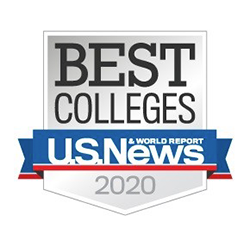 |
Ranked the #1 for “Best Environmental Engineering Programs | U.S. News & World Report |
 |
Ranked the #2 “Best Engineering School” | U.S. News & World Report |
 |
Ranked #3 among the “Best Colleges for Physical Sciences” | Wall Street Journal/Times Higher Education |
 |
Ranked the #1 “Best College for Engineering and Technology | Wall Street Journal/Times Higher Education |
 |
Ranked the #2 “Best College for Computer Science | Wall Street Journal/Times Higher Education |
The School of Engineering
• Aeronautics & Astronautics
• Architectural Design
• Atmosphere & Energy
• Bioengineering
• Biomechanical Engineering
• Biomedical Computation
• Chemical Engineering
• Civil & Environmental Engineering
• Computer Science
• Electrical Engineering
• Engineering Physics
• Environmental Systems Engineering
• Individually Designed Major in Engineering
• Management Science & Engineering
• Materials Science & Engineering
• Mechanical Engineering
• Product Design
The School of Humanities & Sciences (STEM disciplines)
• Biology
• Chemistry
• Human Biology
• Mathematical & Computational Science
• Mathematics
• Physics
• Science, Technology & Society
• Symbolic Systems
The School of Earth, Energy & Environmental Sciences
• Earth Systems
• Energy Resources Engineering
• Geological Sciences
• Geophysics
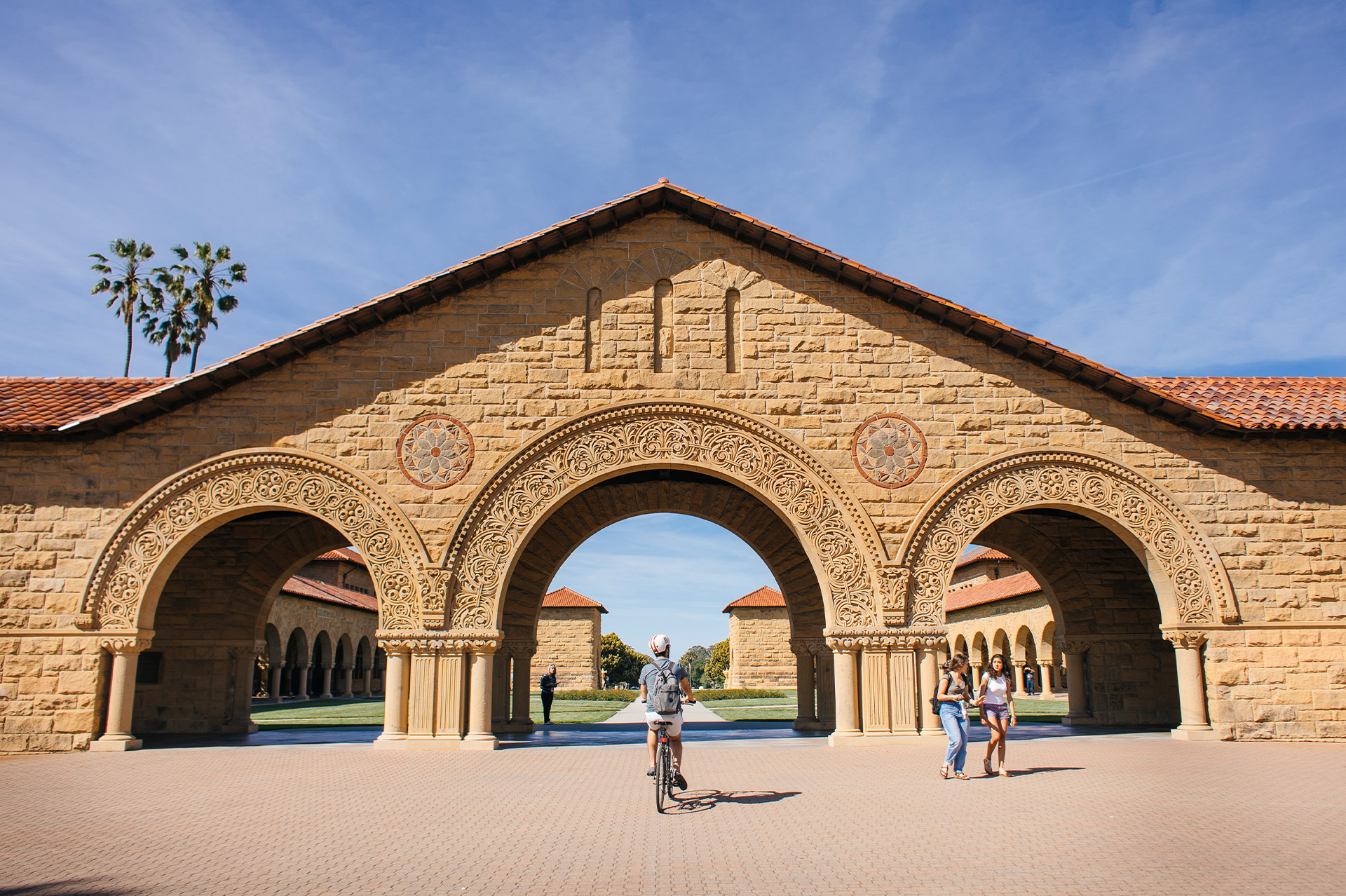
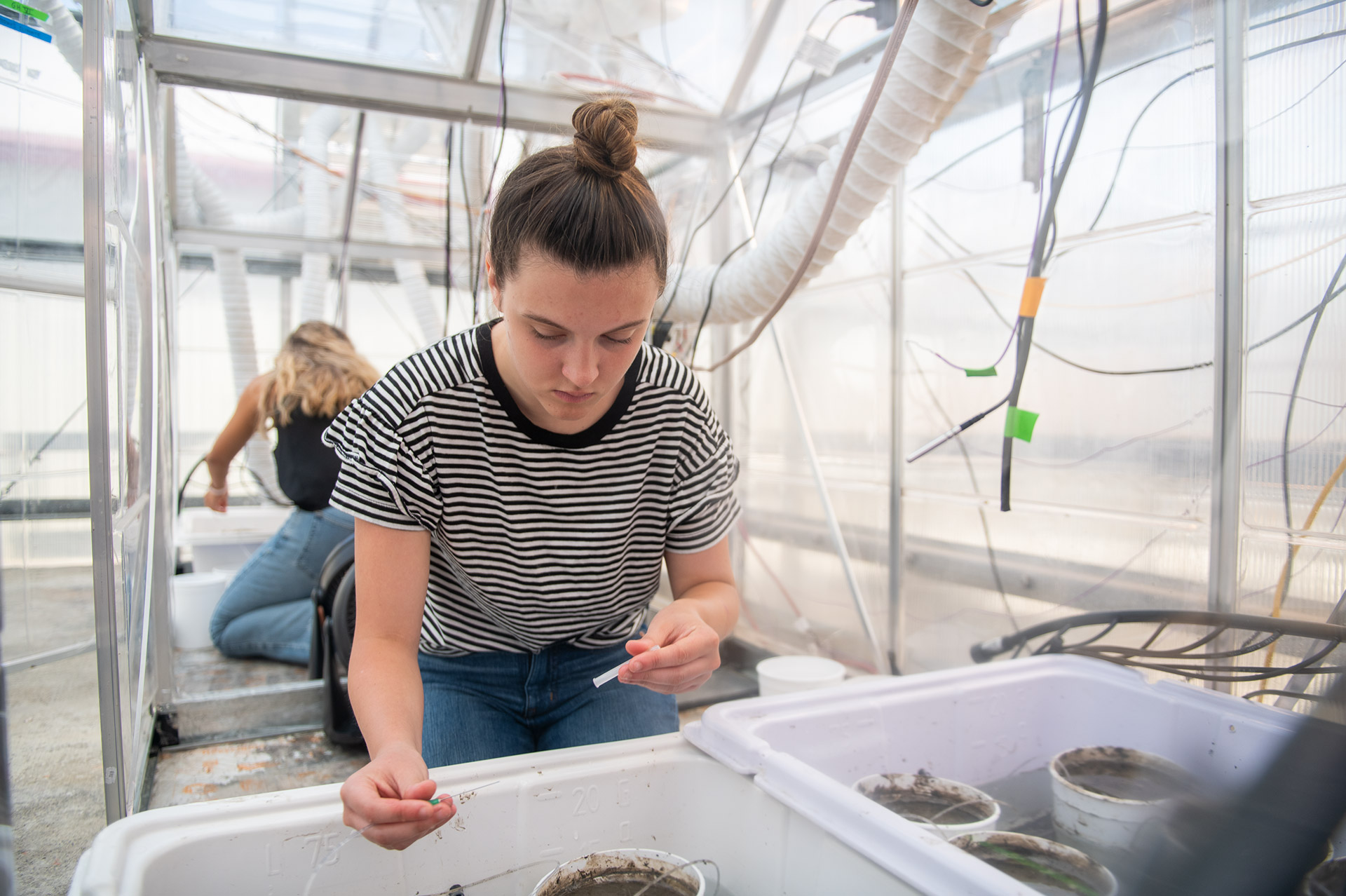
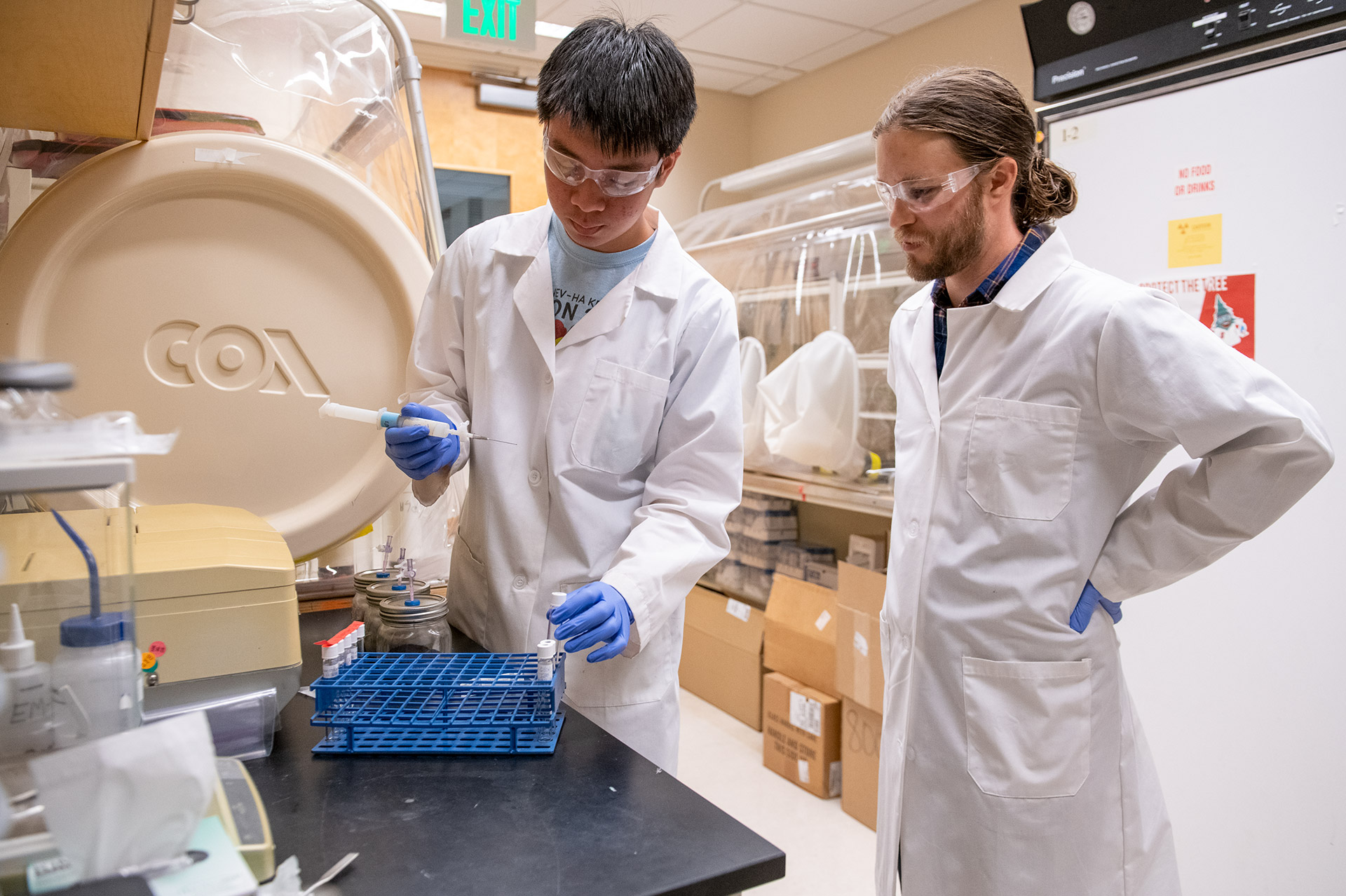



“I just want younger Engineering students to know: you can do it. Your classes are going to be hard, but find people who you can work and be successful with, where you can say, ‘We can do it.’"
“In high school, I thought I would go into business. It wasn’t until I attended Stanford Summer Engineering Academy (SSEA) that I realized the breadth of Engineering programs Stanford has to offer.”
“I really enjoyed math, but the thought of number crunching didn’t excite me as much as using math to create a more tangible impact, which is a big part of the reason I’ve decided to pursue an Engineering degree.”